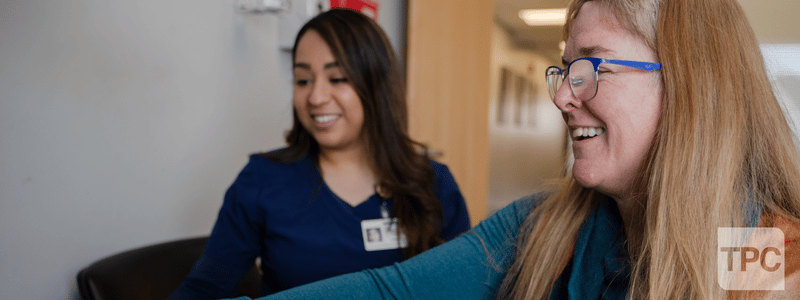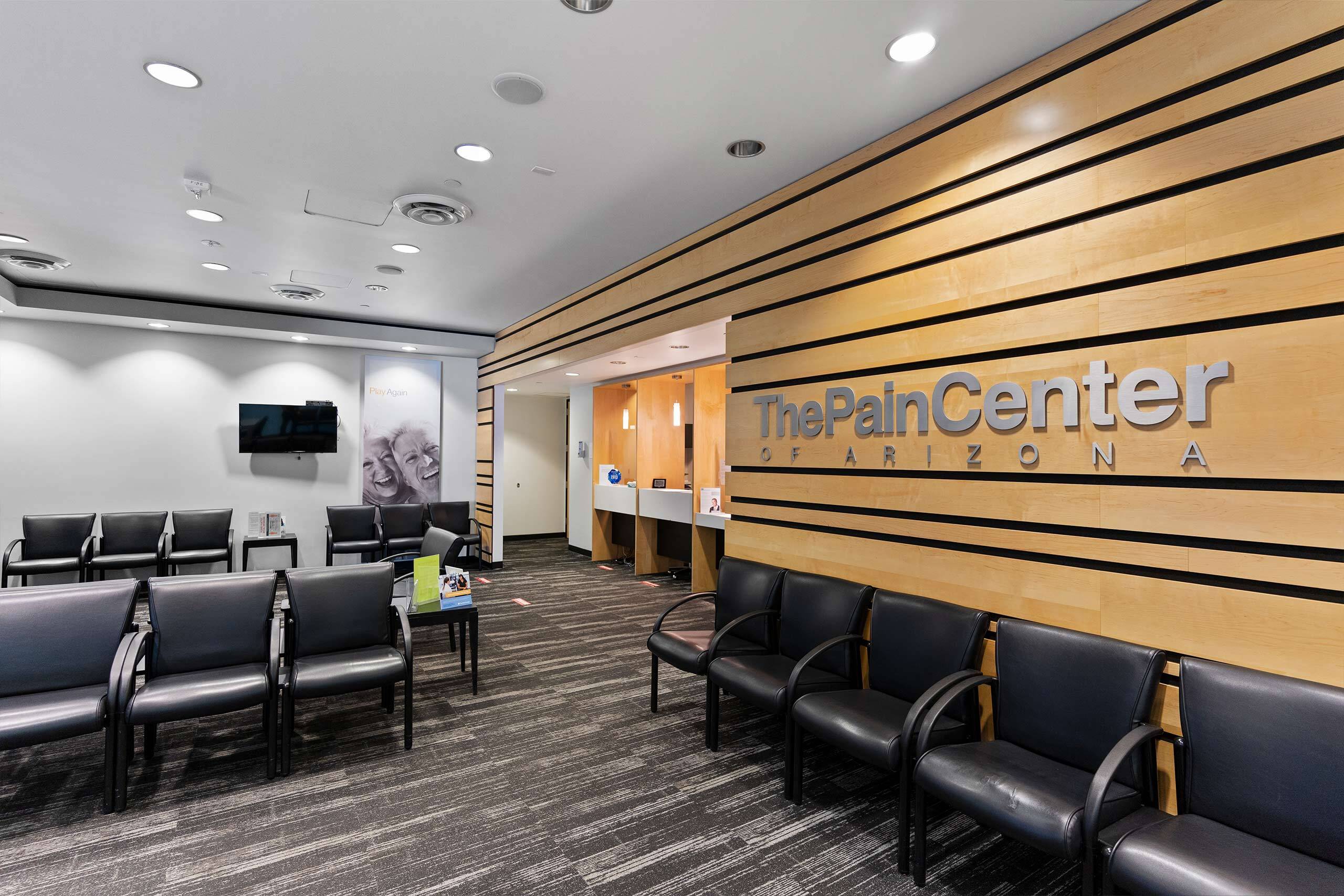Vertebroplasty / Kyphoplasty
Vertebroplasty and kyphoplasty are minimally invasive spine procedures that are recommended for patients suffering from vertebral compression fractures. These procedures are often performed on patients with debilitating back pain who have not experienced adequate relief through conservative, alternative, or interventional therapies. Both vertebroplasty and kyphoplasty use x-ray guidance to place cement into the patient’s damaged vertebrae to stabilize the fracture and restore the spine’s height. Kyphoplasty uses the same techniques as vertebroplasty, as well as a special balloon device to create an open cavity inside the damaged bone. Once the cement has hardened, the incision will be closed, and the patient will be sent home to recover.

What are Vertebroplasty and Kyphoplasty?
Vertebroplasty and kyphoplasty are minimally invasive spine procedures that are recommended for patients suffering from vertebral compression fractures.
These procedures are often performed on patients with debilitating back pain who have not experienced adequate relief through conservative, alternative, or interventional therapies.
Both procedures are also used for:
- Elderly patients who would have impaired bone healing after a fracture
- Vertebral compressions caused by a malignant tumor
- Pain caused by osteoporosis due to long-term steroid treatments or metabolic disorder
What Types of Pain Does Vertebroplasty and Kyphoplasty Treat?
Severe back pain.
How Does Vertebroplasty and Kyphoplasty Work?
Both vertebroplasty and kyphoplasty use x-ray guidance to place cement into the patient’s damaged vertebrae to stabilize the fracture and restore the spine’s height.
Kyphoplasty uses the same techniques as vertebroplasty, as well as a special balloon device to create an open cavity inside the damaged bone.
Once the cement has hardened, the incision will be closed, and the patient will be sent home to recover.

Expectations and Recovery
You’ll typically experience pain relief within 24-48 hours after the procedure. You’ll likely be advised to avoid any strenuous activity for up to 6 weeks.
What Causes Chronic Back Pain?
Oftentimes, spinal issues typically cause only back pain. It could be caused by simply a muscle strain or other muscular problems, but there’s a wide range of possible causes, including:
- Ligament strain
- Herniated or ruptured discs
- Arthritis
- Fibromyalgia
- Skeletal structure problems, including bone fractures or bone spurs
- Osteoporosis
Other ways you can damage your spine include poor posture, improperly lifting heavy objects, and lack of exercise. Damage can even result from illness, which is rare.
What Symptoms of Back Pain Should I Watch Out For?
Acute back pain typically lasts up to three months, whereas chronic pain lasts longer. Report all your symptoms to your doctor, especially acute or chronic back pain symptoms such as:
- Muscle ache
- Shooting, stabbing, or dull pain
- Pain radiating toward the neck or down the legs
- Decreased range of motion and flexibility
- Pain reduction with rest or minimal movement
Other Conservative Treatments for Chronic Back Pain
Other procedures typically performed to treat chronic back pain include:
- Epidural Steroid Injections
- For short-term pain relief (typically 3-4 months), steroid injections can be used to treat back and neck pain, and can be combined with physical therapy and exercise for maximum benefit.
- Radiofrequency Ablation (Rhizotomy)
- A minimally invasive procedure in the neck, middle or lower back, that destroys nerve fibers in the back that carry pain signals. It is performed under fluoroscopy (live x-ray).
- Spinal Cord Stimulation
- If other therapies aren’t effective for treating your pain, an implantable pain management device can be an option. These devices administer mild electrical pulses to block the transmission of pain.

How Does TPC Kypho Work?
With our TPC Kypho minimally invasive procedure, we place a small cannula into the center of the affected or the fractured vertebral body, under live X-ray guidance, where we’ll typically blow up a balloon so that it’s safe, and through that balloon, inject some bone cement.
Bone cement will be injected into the fracture displacement, or micro tear, which is the source of your pain. Once we fuse it with bone cement, patients are typically better almost immediately after the procedure.

Expectations and Recovery
TPC Kypho is a minimally invasive solution that takes only 15 to 30 minutes.
Depending on how severe the fracture is, we will typically then place a patient in a brace for a week or two, but almost always, the relief is immediate.


Get the care you need within 24 hours*
We know when you’re looking for relief for your chronic pain, you can’t wait any longer than you already have. This is why we can schedule you with an appointment within 24 hours at most of our pain centers across the Valley, so you can start your journey to life-long pain relief as soon as tomorrow.



